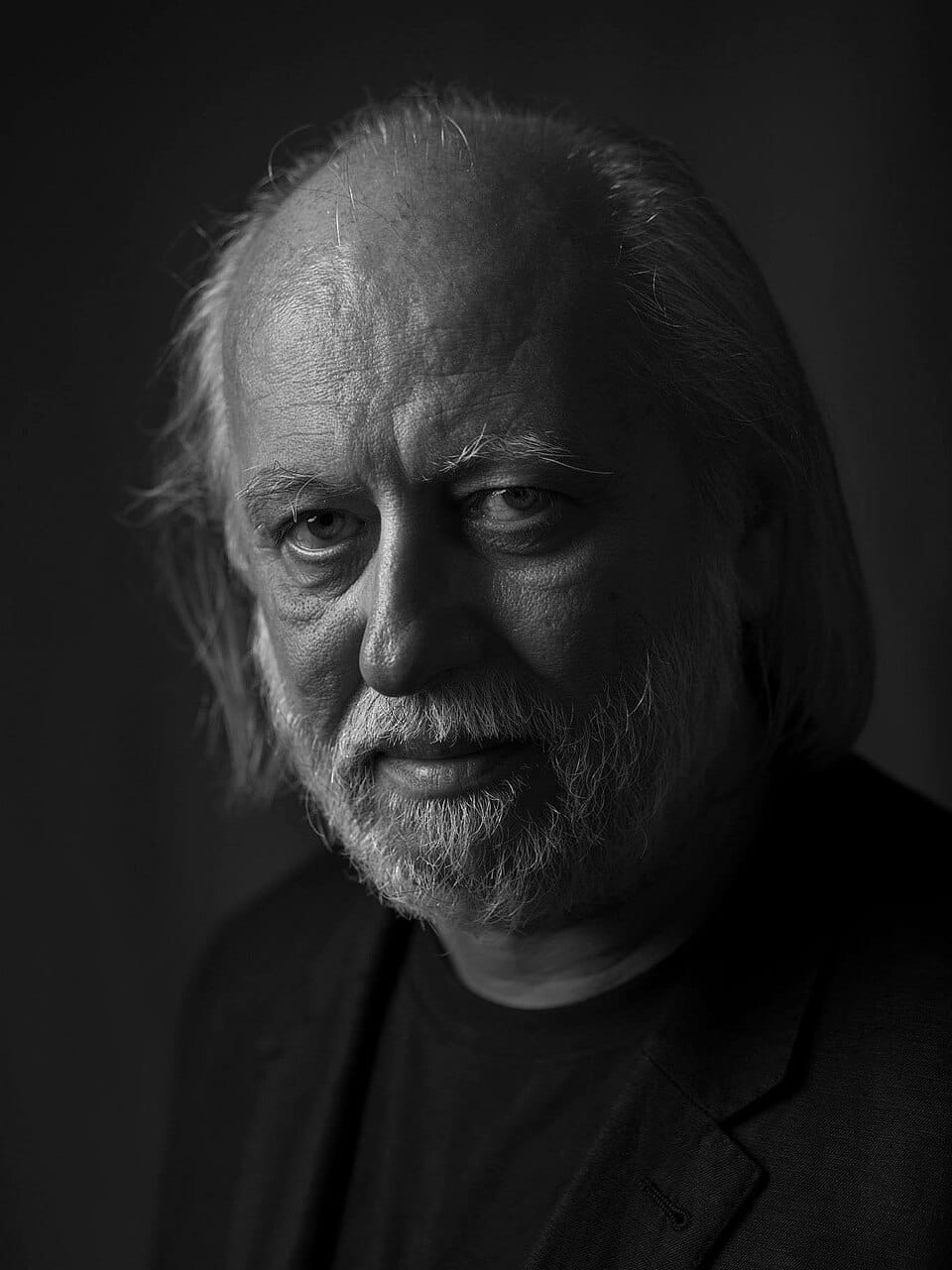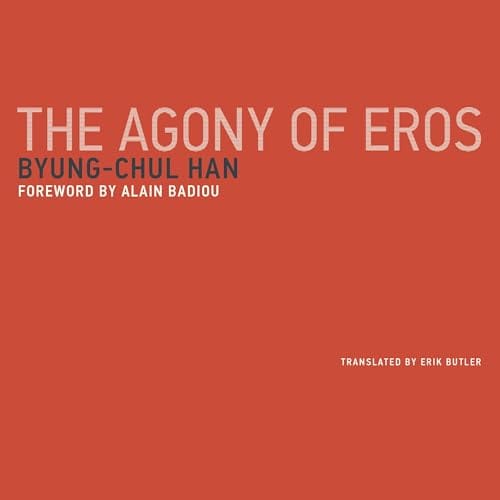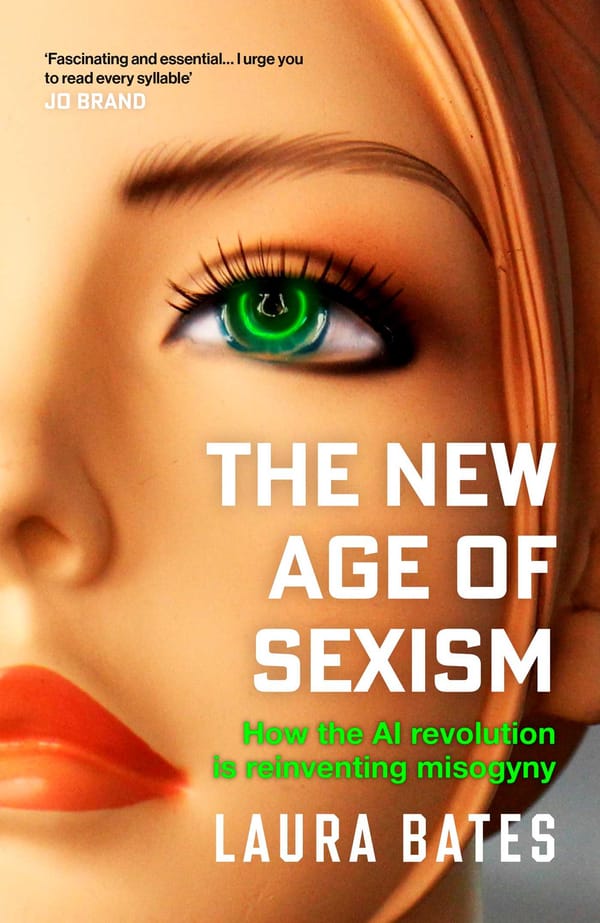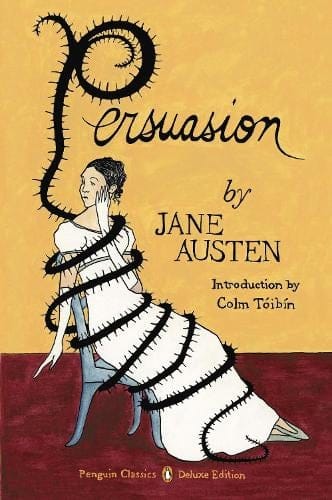2025 Nobel Prize in Literature: László Krasznahorkai
A snapshot of Hungarian author who took home the Nobel Prize in Literature this year

If there was ever a stereotypical author for sad young men, then László Krasznahorkai would be the Platonic ideal. Imagine a black and white portrait of a middle-aged man sitting, legs crossed, long locks of hair on a receding hairline drooping around a gaunt face, framed with a beard and piercing eyes; eyes that certainly evoke a mind that could produce a “compelling and visionary oeuvre, that in the midst of apocalyptic terror, reaffirms the power of art.”
The Nobel Prize is the crowning achievement for Krasznahorkai (or K, as he is affectionately called in literati circles), after he received the Best Translated Book Award in 2014 for novel Seiobo There Below, and the 2015 Man Booker International Prize. However, K’s literary career has maintained consistent acclaim, with cultural critic Susan Sontag describing K as “the contemporary Hungarian master of apocalypse who inspires comparison with [Nikolai] Gogol and [Herman] Melville”.
Known for literature that grapples with the bleakness and darkness of the world, of dystopia and melancholia, of an austerity mirrored throughout his formalism, but also of curiousity, playfulness, and perhaps hope. There is beauty in his novels, or perhaps more appropriately, the sublime. Krasznahorkai has also had two of his works, 1985 debut Satantango and 1989’s The Melancholy of Resistance adapted into films directed by fellow Hungarian auteur Bela Tarr.
"Literaure that grapples with the bleakness and darkness of the world, of dystopia and melancholia... but also of curiousity, playfulness, and perhaps hope"
Interestingly, K is the second Nobel Laureate to have written a novel (Herscht 07769) with only one full stop – 2023’s Laureate Jon Fosse’s Septology is a single-sentence seven-novel sequence.
There is an austeurish quality to K’s work - his long winding sentences are distinct in and of themselves. He creates settings and crafts imagery that is uniformly bleak, but universal enough for readers to grasp. He is a darling of the literati, beloved by Sontag, James Wood, and fellow authors. There is a seductiveness to this, to be a great amongst greats, a semblance of high culture when popular culture has conformed into profitability, and poorly written genre fiction has taken hold of the commercial market, even if that is the typical Nobel genre. What is impactful is this sense that as a very young sad young man who is tentatively dipping his toes into bro-lit, if K can be called that, is the discovery of such prolific writers, and the mixture of jealousy and admiration in knowing one can really dive deep into the field of contemporary fiction, despite having that youthful ignorance of the big players of today, even if I do read Fitzcarraldo’s almost exclusively.









